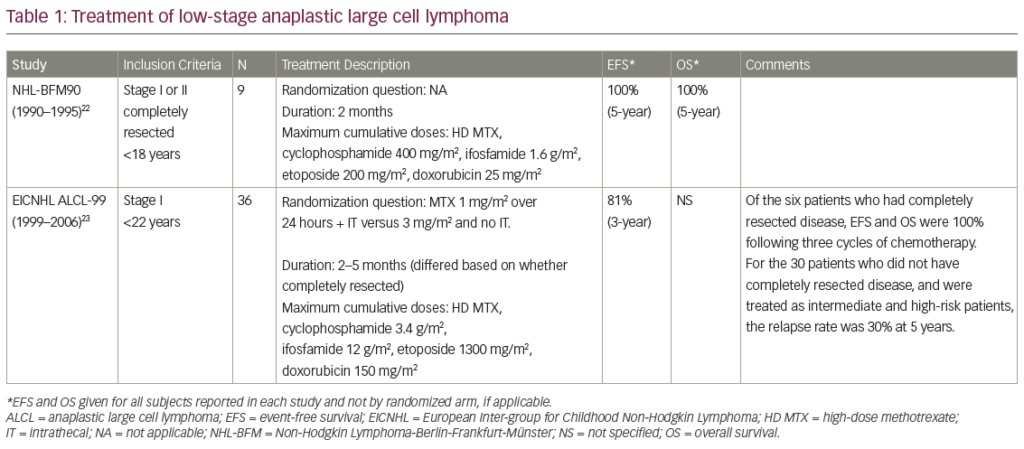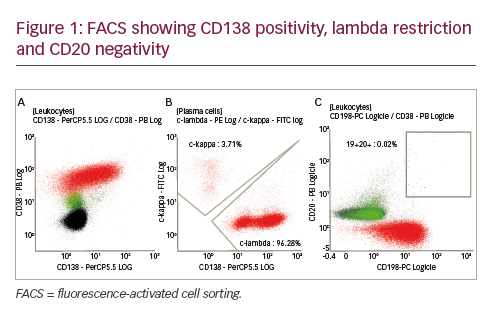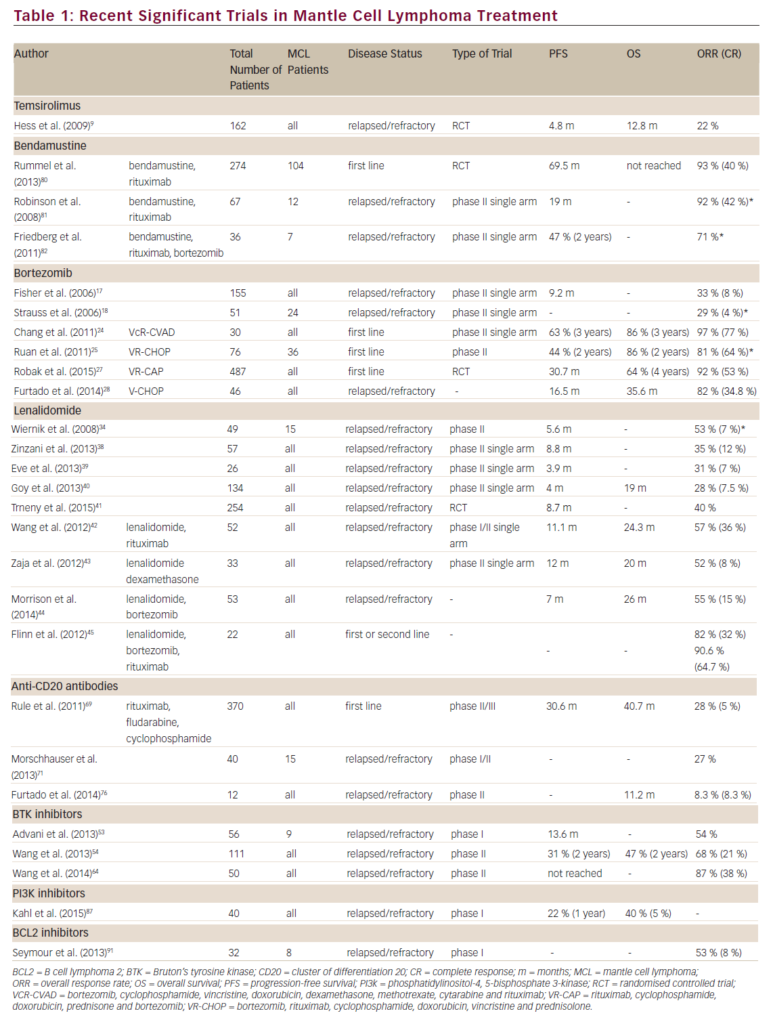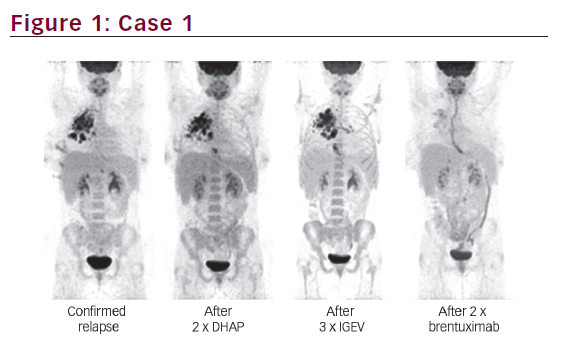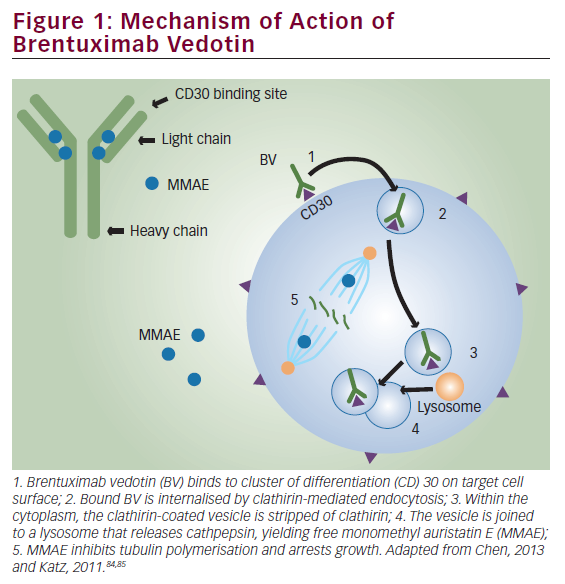The majority of patients with MDS are anaemic. Up to 90% of patients will require regular transfusions. In 50–60% of patients, anaemia is severe (haemoglobin level below 10g/dl)1 and is associated with a decreased physical performance and poor quality of life,2 along with increased cardiac morbidity and mortality.3–5
The aim of blood transfusion therapy is to maintain quality of life and prevent anaemia-related morbidity and mortality. Several studies have now shown that transfusion dependency has a negative impact on the survival of patients with MDS.3,6 A number of factors may contribute to the decreased survival of transfusion-dependent patients. It has been clearly shown that mortality correlates with higher serum ferritin levels in patients with MDS, probably as a consequence of iron overload.3,7
Mechanisms of Iron Overload and Toxicity in Myelodysplastic Syndrome Patients
Several mechanisms play a role in iron loading in patients with MDS, who start accumulating iron even before they are in need of regular blood transfusions. At this stage of the disease, iron accumulation is probably the result of ineffective erythropoiesis, which stimulates increased iron absorption by the small intestine. The mechanism of iron accumulation at this stage is unclear, but downregulation of hepcidin, which is an important modulator of serum ferritin levels, is probably important.8,9 In the GFM registry, before transfusions begin, the serum ferritin level has usually risen to about 500–600μg/l and seldom exceeds this value.
The main cause of iron overload is transfusion therapy. Each unit of blood transfused delivers 200–250mg of iron. After only 20 units of transfused blood, 4,000–5,000mg of iron will have been delivered to the body. At this iron-loading, the serum ferritin level rises to about 1,000μg/l,3 and the capacity of transferrin to bind iron is exceeded. Reactive nontransferrin- bound iron (NTBI) is then generated,10 favouring oxidative DNA damage and apoptosis.11,12 NTBI levels are significantly elevated compared with normal levels even in non-transfused patients with MDS. Those patients with higher NTBI levels show a higher level of apoptosis in the bone marrow.13 Consequences of Iron Overload in Myelodysplastic Syndrome Patients
In 1981 it was reported that patients with refractory or aplastic anaemia, who had received an average of 120 blood transfusions, had seven to 26 times the normal amount of iron in the liver and typically showed focal portal fibrosis.14 Although left ventricular cardiac function was impaired in only the most heavily transfused patients or in those with co-existing coronary artery disease15,16 (see Table 1), all patients had glucose intolerance associated with a significantly reduced insulin output when compared with controls. This pattern of organ involvement resembles that encountered in idiopathic haemochromatosis.14
Two other retrospective studies have highlighted the contribution of iron overload to the morbidity and mortality associated with MDS. More than 20 of 46 patients with MDS who had received more than 50 units of blood showed signs of heart failure, sometimes with cardiac arrhythmias. Fourteen patients died of congestive heart failure secondary to haemochromatosis in less than four years.17 In another smaller study, 34 of 43 patients with the 5q-subtype of MDS were transfusion-dependent at diagnosis, and 40 patients were eventually transfusion-dependent.18 Haemosiderosis was diagnosed by iron studies in 12 patients and was associated with congestive heart failure or exertion intolerance, abnormal liver function tests, cirrhosis, diabetes and skin changes.
Data from 374 patients with MDS show that once patients with MDS develop a need for regular transfusions, their probability of survival decreases (hazard ratio for death 1/58 with a probability of 0.005).6 In a survey of 467 patients with MDS followed from diagnosis to death or progression to leukaemia, 51% of non-leukaemic deaths were due to cardiac failure and 8% were due to hepatic cirrhosis. Other related complications of MDS leading to death include haemorrhage and infection.3 Cardiac failure was a significantly more common cause of death among MDS patients who were transfusion-dependent than among those not receiving regular transfusions. Iron overload was a major contributor to this increased mortality.
In a retrospective Japanese study of 292 patients with MDS and other transfusion-dependent anaemias, cardiac and hepatic dysfunction were present in 21.9 and 84.6% of patients studied, respectively.19 Among the patients who died, 24.0% had cardiac failure, 6.7% had hepatic failure and 97% of those who died had serum ferritin levels above 1,000μg/l.
In a large retrospective study of 840 consecutive patients with MDS, heart failure (28 versus 18%; p=0.001) and cardiac death (69 versus 55%; p=0.03) were significantly more common in transfusion-dependent than in non-transfusion-dependent patients.20 In a Cox analysis with timedependent co-variates, the risk of non-leukaemic death (hazard ratio 2/12; p<0.001), heart failure (hazard ratio 1/34; p=0.03) and cardiac death (hazard ratio 2/99; p=0.01) were all increased in transfusion-dependent patients. The development of secondary iron overload significantly increased the risk of non-leukaemic death (hazard ratio 1/15; p<0.001) and specifically increased the risk of developing heart failure (hazard ratio 1/17; p< 0.001). Transfusion dependency may be a reliable indicator of the evolution of the disease. It must be recognised that the limited survival of patients with MDS may be, at least partly, caused by a deterioration of their stem cell disorder (for example the progression of MDS to AML) and the presence of co-morbidities.21 This is in addition to the direct effect of iron overload as a result of blood transfusions. Myocardial accumulation of iron has not yet been extensively studied in patients with MDS. The results that have been obtained are contradictory. Recent myocardial T2* magnetic resonance imaging (MRI) studies suggested that iron-loading of the heart can occur after 75–100 units of blood have been transfused.22 The value of T2* is only modified by iron overload independent of coronary disease. Two recent studies using T2* MRI failed to show an iron accumulation in the hearts of patients with MDS after 63–90 units of blood. Iron accumulation in the liver was shown in all of the patients studied.23,24 A recent report from an Italian group study confirms the relationship between cardiac overload and transfusion burden (of more than 100 blood units).25 It was a short and heterogeneous series (some patients received chelation therapy, others did not), which may have contributed to the findings. Increased NTBI in patients with MDS may cause direct myocardial tissue damage. This cannot always be shown by MRI, which visualises iron storage.26 It has been suggested that there may be a long latency period between iron accumulation in the liver and iron overload in the hearts of patients with MDS.15 This is supported by a more recent T2* MRI series.27
Outcomes of Chelation Therapy in Myelodysplastic Syndrome
The positive impact of iron chelation therapy on survival has been clearly shown in patients with β-thalassaemia major, in whom maintenance of serum ferritin levels below 2,500μg/l was the major determinant of cardiac disease-free survival.28 Although there are few studies of the efficacy of iron chelation therapy in patients with MDS, evidence is slowly accumulating that efficient iron chelation could have a positive impact on survival in patients with MDS.
A retrospective study on 178 patients with MDS indicated that iron chelation therapy was significantly associated with improved survival in patients with low- or intermediate-1-risk MDS.29 The median overall survival rate was not reached at 160 months in patients who received iron chelation therapy. It was only 40 months in those who did not receive iron chelation. Significantly more patients who received iron chelation therapy survived up to four years (80 versus 44%; p<0.03). Serum ferritin levels fell significantly in patients who received iron chelation therapy and increased significantly in those who did not. In another retrospective study in 292 patients with MDS or other transfusion-dependent anaemias, effective iron chelation therapy with deferoxamine (daily or continuous chelation therapy) resulted in improved levels of serum ferritin, liver enzymes and fasting blood sugar levels.19 Intermittent deferoxamine therapy conferred no benefit.
These retrospective findings need to be confirmed by prospective studies. In a prospective cohort study that enrolled 170 patients (five of whom were lost to follow-up) with MDS receiving regular blood transfusions, iron chelation therapy significantly improved the median overall survival further to diagnosis from 51 to 115 months (p<0.0001).30 After adjustment for other prognostic factors, such as sex, age, IPSS category and transfusion requirement, the survival difference remained significant. The main prognostic factor of survival in Cox analysis is correct iron chelation. Most importantly, the difference in survival is due to non-leukaemic death. Eligibility for Iron Chelation Therapy
Current guidelines for the management of iron chelation therapy in patients with MDS are based on non-randomised trials, expert opinion and the experience of iron chelation in patients with β-thalassaemia major.31–35 These guidelines converge towards a consensus on the subgroups of patients with MDS who should receive chelation therapy. The Italian guidelines recommend that adult patients with MDS who have previously received more than 50 units of blood and with an expected lifespan longer than six months should receive iron chelation therapy.31 The UK guidelines recommend that iron chelation should be considered once a patient has received 5g of iron or approximately 25 units of blood, but only if long-term transfusional therapy is likely.32 The most recent National Comprehensive Cancer Network (NCCN) practice guidelines strongly recommend that iron chelation therapy be considered in patients who have received 20–30 units of blood and for whom ongoing blood transfusions are anticipated.35
The Nagasaki consensus recommends starting iron chelation therapy when serum ferritin levels reach 1,000–2,000μg/l, dependent on the transfusion rate.32 Expert opinion is now of the view that a serum ferritin level of 1,000μg/l is a suitable threshold for starting iron chelation therapy. Chelation therapy should continue for as long as transfusion therapy continues and as long as iron overload remains clinically relevant.31–35 The aim is to reach and maintain a serum ferritin level below 1000μg/l.
The MDS Foundation guidelines recommend that iron chelation therapy should be initiated when the serum ferritin reaches 1,000μg/l, and/or after the patient has received two units of RBCs per month for at least one year. Iron chelation therapy should be proposed to patients with an anticipated survival superior to one year, without co-morbidities, limiting prognosis or candidates for allograft.34
The guidelines all agree that RBC transfusions are clinically beneficial to treat symptomatic anaemia in MDS. Patients with low-risk MDS receiving transfusions are the most likely to benefit from iron chelation therapy. The NCCN guidelines emphasise that iron chelation should, in particular, be considered for patients with low-risk MDS whose clinical course suggests the need for continuing red blood cell transfusions along with those with concurrent cardiac or hepatic dysfunction.35 These guidelines recognise that patients with MDS may have additional factors that make them more vulnerable to the toxic effects of iron overload.
The Nagasaki consensus statement provides more detailed eligibility criteria. Patients with refractory cytopenia with multilineage dysplasia (RCMD) or refractory sideroblastic cytopenia with multilineage dysplasia (RSCMD), coupled with a low IPSS score, are also good candidates for iron chelation therapy. These patients are likely to survive for about five years. Patients with RCMD, RSCMD and an IPSS intermediate-1 score with a life expectancy of about three years may also benefit, though the indication is less clear.36
The MDS patient tends to have multiple clinical problems. The causes of decreased survival are likely to be multifactorial and not always related to transfusions. Retrospective and prospective evidence is accumulating on the deleterious role of iron in MDS especially in liver and heart dysfunctions. More prospective studies are difficult to interpret. Current guidelines for iron chelation therapy in patients with MDS who have a reasonable survival prognosis are largely based on clinical experience.








